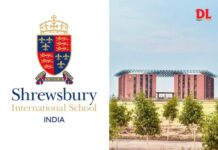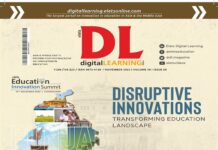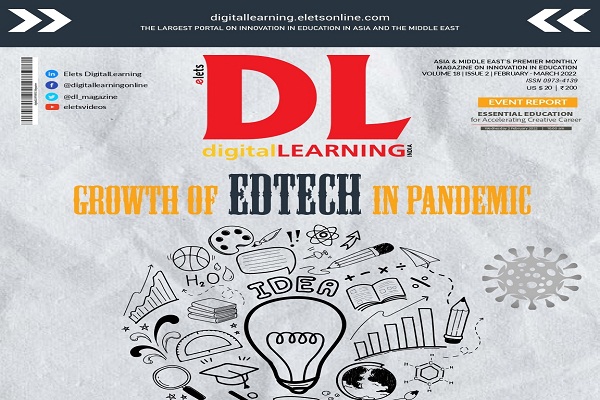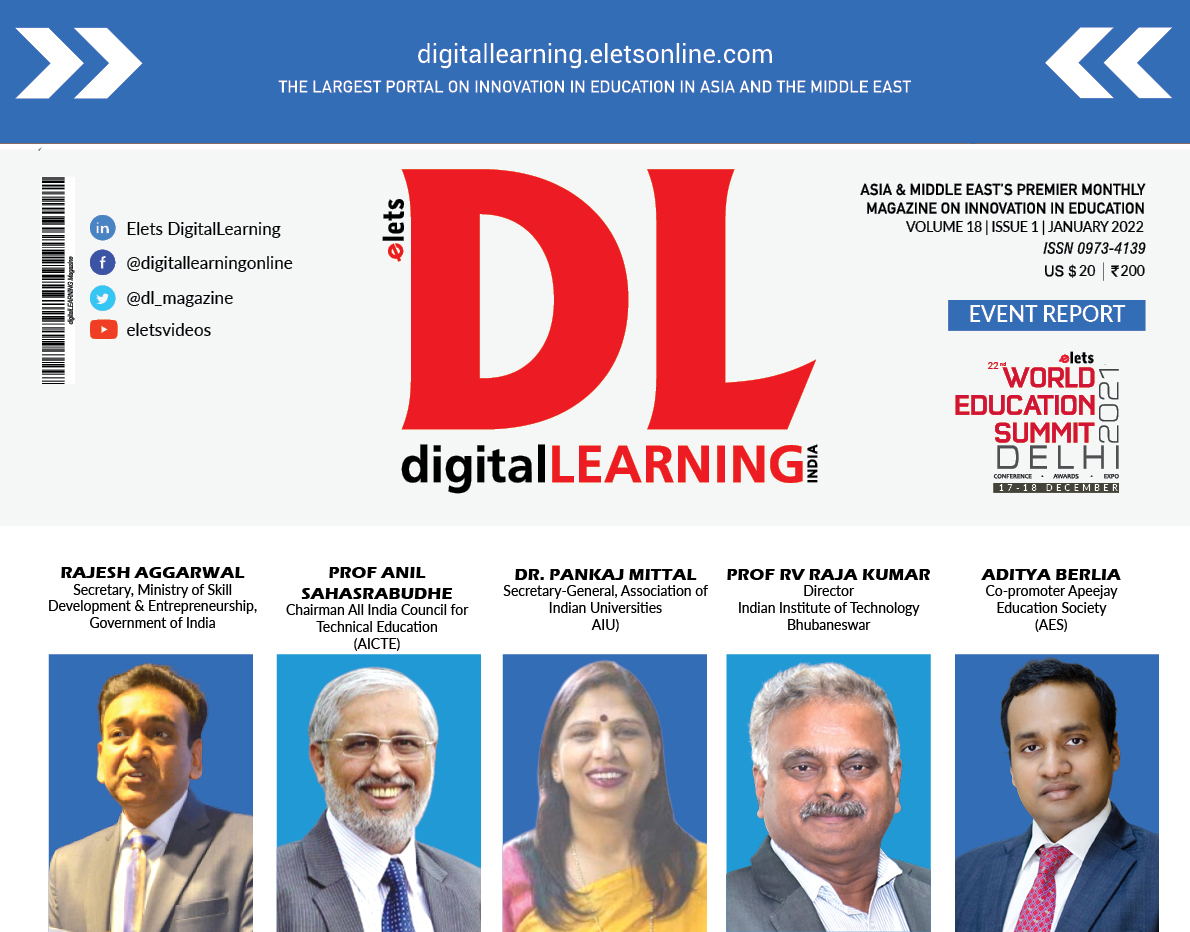Despite rapid developments in communication technologies in the last few decades, radio broadcasting remains the cheapest mode of mass communication in India that can benefit rural and deprived communities with low iteracy rate and little excess to education
At a recent conference on Digital Learning in Delhi [18-19 October 2005], the participants sat bemused as Dr. Sugata Mitra of NIIT gave a very engaging account of his ‘Hole in the Wall’ project. Dr. Mitra explained how Delhi slum children with no education and no knowledge of English quickly picked up different computer functions, when given
unsupervised access to a computer and the internet through a kiosk. This project in ‘minimally invasive education’ was later extended to rural India, prompting a rather disbelieving audience to ask how the Hole in the Wall computers could function in remote and rural India, with erratic electricity supply, negligible telecom penetration and next to no maintenance. Dr. Mitra gamely reeled off a catalogue of solar-powered UPS, self-rebooting, maintenance-free PCs, VSATs and other marvels of digital technology that could presumably keep computers running forever in the boondocks, but it sounded more like a Heath Robinson whimsy than a recipe for ICT in education. Not surprisingly, the recommendations that emerged from the discussions emphasized “the need to think of ICT in education beyond computer aided learning and incorporate other technologies like community radio and other media. These mediums would not only be cost effective but also have a greater outreach potential.” [Digital Learning, Vol 1 Issue1, Nov-Dec 2005] Classrooms and radio have always gone together, and radio has been used to teach everything from mathematics in Thailand (Galda, 1984) to civics education in Botswana (Byram, Kaute & Matenge, 1980). The first School Broadcast project in India was commissioned as early as 1937. Over the years, various educational radio projects have been carried out in the country, with mixed results.
Educational programmes on AIR All the Primary channels of All India Radio (AIR)
broadcast educational programmes on a regular basis on fixed time slots. AIR’s educational programmes are imed at students as well as teachers of primary, middle, secondary and senior secondary schools, and are generally produced in collaboration with national educational agencies like NCERT (National Council for Educational Research & Training) and CIET (Central Institute of Educational Technology). The Language Learning programme, popularly known as the ‘Radio Pilot project’, was started in 1979-80 jointly by AIR and the Department of Education (Rajasthan). Its aim was to teach Hindi to school children as their first language in 500 primary schools of Jaipur and Ajmer districts, on an experimental basis. The broadcasts were found to be useful in improving the children’s vocabulary, and a similar project was initiated in the Hoshangabad district of Madhya Pradesh. Apart from AIR’s in-house educational programmes, the Indira Gandhi Open University (IGNOU) also broadcasts its educational programmes from AIR studios. IGNOU-AIR Interactive Radio Counseling (IRC) was launched in May 1998 for students of Open / Conventional Universities. AIR Bhopal and IGNOU ran this as an experimental programme for a year, to provide academic counseling in various subjects and to instantly respond to students’ queries; but with its success, it was extended to other AIR stations. Presently, Interactive Radio Counseling is being provided every Sunday for one hour from 186 radio stations of All India Radio. non-conventional education, addressing local educational, developmental and socio-cultural needs. The stations broadcast in English, Hindi and the language or dialect of the region, for 4 to 12 hours daily. During the current phase of private FM expansion in India, which is expected to cover 91 cities, it is reported that the government plans to offer 87 FM channels to be used exclusively for education. Of these, 36 would be used by IGNOU, while the other channels would be open to private players.
Campus radio stations
In December 2002, the Ministry of Information and Broadcasting released its ‘Community Radio Guidelines’. Though nominally ‘community’ radio, the policy restricts the radio licenses under this scheme to ‘well-established educational institutions’. The licensing process proved so cumbersome that India’s first campus-based community radio station was launched only by 2004 (Anna University’s 90.4 Anna FM). Against optimistic projections of 1000 campus stations coming up in a year, only 75 odd educational institutions have applied for a campus radio licenses so far, and of these, 15 stations have become operational. Most of the campus licenses have gone to universities, engineering colleges and mass communications institutions, along with a sprinkling of well-heeled schools. Transmitting over a range of 5-10 kilometres, their FM radio stations are expected to serve the ommunity beyond the campus walls, and to produce programmes ‘on issues relating to education, health, environment, agriculture, rural and community development’, according to the government’s Community Radio Guidelines (www.mib.nic.in). Needless to say, the campus stations that try to live up to this confused mandate – and many of them do – sound very much like the public service broadcaster on which they seem to be closely modelled. Satellite radio for education EDUSAT, according to the Indian
Space Research Organization (ISRO), is the first exclusive satellite for serving the educational sector. It supports radio broadcasting, along with audiovideo on C-band and Ku-band, and is built around the concept of digital interactive classrooms and a multimedia system. The satellite has multiple regional beams covering different parts of India, which theoretically enables programmes to be broadcast in relevant local languages – India has 18 official languages and over 1500 dialects. “India will require 10,000 new schools each year and meeting the teaching needs on such a scale [by conventional methods] will be impossible,” Madhavan Nair, chairman of ISRO told New Scientist at the launch of the satellite. EDUSAT can provide connectivity to schools, colleges and higher levels of education and also support non-formal education including developmental communication. The nationwide beams are being harnessed by agencies like IGNOU, NCERT and the All India Council for Technical Education (AICTE), to reach hundreds of Receive Only Terminals (ROTs) and Satellite Interactive Terminals (SITs) located in schools and colleges, many in remote areas. Content generation is the responsibility of user agencies, but it is a matter of concern that, over a year after the satellite was launched, much of its capacity is lying idle. Satellite access for radio broadcasting is also available on other platforms like WorldSpace, which offers a ‘development channel’ to agencies like Equal Access for networking community FM channels (as in Nepal), or for directly broadcasting development and educational programmes for community listening on
WorldSpace receivers.
The promise of radio
U.K. Open University’s notable success with educational radio has demonstrated how invaluable radio can be for weak students, who benefit from the medium as a supplementary learning tool. But the use of radio for distance education in India, as mentioned earlier, has had mixed results. AIR’s educational broadcasts are constantly hampered by the lack of radio sets in classrooms, the difficulty of coordinating school broadcasts with class-room timings and more significantly, by the lack of good broadcasters who have a passion for education and conversely, of teachers who are also good broadcasters. All the same, it
has been amply proved that radio – rightly used – can improve educational quality and relevance, lower educational costs and improve access to education, particularly for disadvantaged groups. It is most effective when supported by trained facilitators, group learning,
group discussion, feedback and the use of multimedia approaches. There is no single ideal format for educational radio. Innovative programming like those developed by Sesame Workshop in Africa, for
instance, offer some very effective approaches to on-formal education over radio. Recently, AIR agreed to a proposal from Sesame Workshop India to provide airtime on national and regional radio channels for locally produced versions of the universally popular ‘Sesame Street’. The programmes would be aimed at pre-schoolers, and would also provide under-served children with access to educational media, especially in rural areas. India spends just 3.4% of its GNP on education. Over 35% of the population is illiterate, and the drop out rate in schools is staggeringly high, with 40% of all school-going children dropping out during the primary stage itself. The percentage of dropouts goes up to 67% by Class X. The Supreme School students participating in the chool audio program in Karnataka Court of India (in 1993) has declared education of children up to 14 years to be a fundamental right, but school attendance is related to the perceived importance of education by parents, and also to socioeconomic factors. Despite rapid developments in communication technologies in the last few decades, radio broadcasting remains the cheapest mode of mass communication in India, catering equally to the needs of the rich and the poor, rural and the urban masses and reaching the remotest parts of the country. In a country where the literacy rate is 65%, and fewer than 50% of homes are electrified, the humble transistor radio plays a vital role in the country’s socioeconomic and cultural development. Rural and deprived communities, with low literacy rates and little access to formal education, stand to benefit the most from distance learning through community radio. If and when such communities are permitted to set up their own low power radio stations – and 4000 such community radio stations are possible in India, according to government estimates – then we could witness a revolution in education far beyond anything dreamt of by the purveyors of digital technology in a digitally divided country. Using radio for education and
community development is part of the 75-year-old Reithian ambition for radio broadcasting. Children and youth can be easily and cheaply trained, and the goals of universal primary and secondary education for all can be reached more easily with broadcast support. Among the poor and marginalized people of the country, radio could even create a new class of people – educated but illiterate






















